
With all of the technology we have nowadays, it is pretty easy to do school online. We have websites that teach coding, art, music, and the 4 core subjects, math, science, english and social studies. There are even websites that help high school or homeschool students prepare for SATs and university.
There are thousands of online apps or websites that your child can learn through. So there must be some great resource websites for homeschoolers, but what are the best ones exactly? This is my list of the top 10 educational programs for home learners.
- Khan Academy (core 4 subjects)
- Duolingo (languages)
- Time 4 Learning (core 4)
- TED Ed (Fun informational videos)
- K12 (core 4)
- NASA for Students (STEM)
- National Geographic Kids (Fun random videos)
- YouTube (anything)
- How to Smile (STEM)
- Exploratorium (STEM + more)
See! Just based on this list you can see that there is online learning for the core 4 subjects, plus other languages and electives. But trust me there’s much more than that on these learning websites. There are lots of really great programs for homeschoolers of all ages and with all interests. Wondering why these are the best online learning programs for homeschoolers? And what each website is all about? Keep reading to find out.
Khan Academy

Khan Academy is an online educational organization that allows students to learn pretty much any subject, from anywhere in the world. Khan Academy has everything like Math, Science, Arts and Humanities, computing and college and careers. And on top of this incredible list, it is completely free! Their mission is to provide a free, world class education for anyone, anywhere. There are millions of students all around the world using Khan Academy.
Khan Academy was founded by Sal Khan, an American educator, in 2005 and grew to be one of the biggest online education programs. Their classes are being translated into over 36 languages, so that even more students can use it. While using it students earn earth badges throughout their courses. Khan Academy tracks when students work on their course, so they can also get streaks. Khan Academy sometimes even has challenges where if you do it you’re put in a draw to get a university scholarship!
To use the educational resources on Khan Academy, it is pretty simple. You simply need to register/create an account and after that you can begin any course you would like. Most of the courses have a mix of videos, articles and quizzes, and you can track your progress on the courses you are taking. At the end of each course there is normally a unit test. Khan academy has math courses by grades which is really helpful especially for homeschoolers.
Duolingo
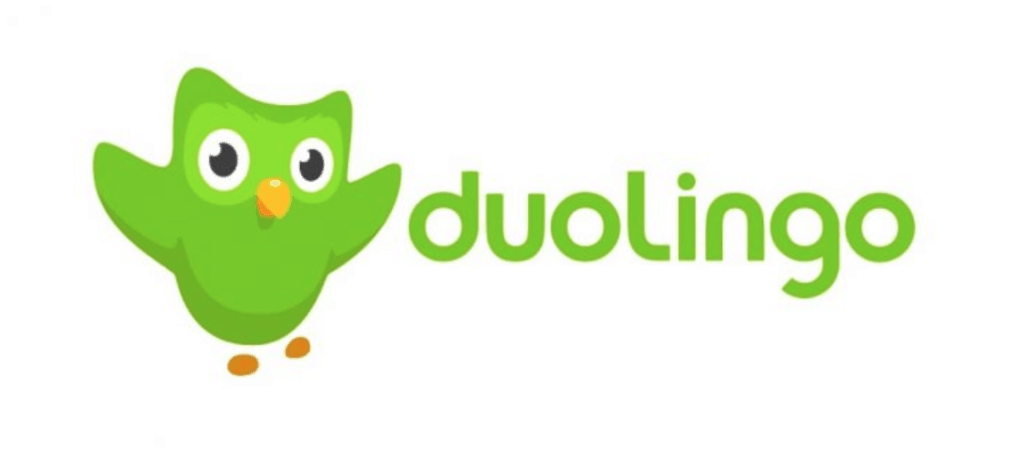
Duolingo is an American app and website that teaches languages. It is one of the biggest language learning apps around with over 300 million people. Their mission is to create a personalized education in learning languages, make learning fun and have it universally accessible. It is the perfect app for homeschooled students who are interested in learning a new language. Duolingo has a big team of people with many different jobs. They have people working from 20 different countries around the world, having flexible hours.
When you first sign up with duolingo, you get to pick the language(s) you want to learn. Once you have a chosen language you can begin at the intro level. Slowly as you pass levels you will learn more and more and it will get harder. Overall Duolingo is a very easy to use software, and is fun for all ages.
You can either get the free version, or the plus version. The difference between the two is, for the free one you only get 5 hearts, and when you are out of hearts you cannot continue to learn until your hearts refill, which takes 24 hours. (You loose hearts when you make a mistake.) The plus version costs $9.99 a month and you get unlimited hearts and no ads.
Time 4 Learning

Time 4 Learning is a great online curriculum website made for homeschoolers. It has all the basics a homeschooler could want. The 4 main subject areas are, social studies, math, science and language arts. Time 4 learning gives students independence for learning. Time 4 Learning even has a whole section on their website about homeschooling, and many written articles about styles of homeschooling, and homeschooling by age.
The website has won many awards like the Top 100 Educational Websites of 2018, and one of the Cathy Duffy’s 102 Top Picks for Homeschool Curriculum. Being around for over a decade, Time 4 Learning has over 600,000 families all over the world using their curriculum. Their courses are broken down into chapters and lessons with activities, quizzes and tests. Parents can even choose different grade levels for different subjects for their child.
You need to get a subscription and for children grade K to 8 it costs $19.95 a month and for high school aged students it costs $30. Members get access to a whole year’s worth of materials 24/7, making the learning self lead and at the student’s own pace. The teaching concept is perfect because students can learn through videos, audio, visuals and much more. At Time 4 Learning the student’s learning process is tracked and reports are accessible at any time.
TED Ed

You must have heard of TED conferences or talks before, the company under the slogan “ideas worth spreading”. Well TED Ed is basically a type of TED. It is an online organization full of educational videos, designed for students. Their goal is to inspire and celebrate the ideas of students and teachers all around the world. TED Ed serves millions of students and teachers each week.
It is the website to go to, to find interesting and unique information and videos. Their videos range from things like “The Bug That Poops Candy” to “The Art Forger that Tricked the Nazis” to videos like “What it’s Like to be a Muslim in America”. Some of their videos are animated while others are more similar to TED talks. TED Ed animations are their signature content, being short videos that spark curiosity from learners all around.
You can choose to register or not. It is free either way but from making an account you can keep track of videos you’ve watched. When you are on TED Ed’s lesson page you can scroll through tons of lessons/videos that are one of 12 different subjects. You can even specify the subject you want to learn by selecting the category of your choice.
K12
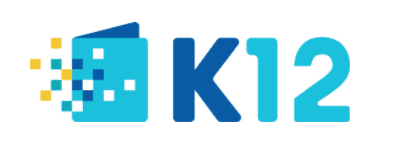
K12 is an online, high quality education experience. They are a school full of inspiring teachers, interactive curriculum, and independent students. Students can thrive and find their own passions at K12. Plus being online means that it is personalized and self paced learning. K12’s employees embody passion, accountability, courage, and trustworthiness.
Many students use K12 as their full time school, being online and flexible they can work on their school work any time, anywhere and at their own pace. Students at K12 learn through their designed courses, quizzes, videos and interactive activities. The online school also sometimes sends you materials such as clay and a magnifying glass, to help you understand concepts better, so the students’ learning can be hands on too.
K12 even gives students many opportunities to connect with other students, and the community, by organizing student events. The online school has won over 30 awards! There are over a million students using K12 in the United States as their source of education from all around the world. K12 is the perfect online school if you are looking for a full time education source for your child. For the students who are enrolled full time, it is basically considered an online public school.
NASA for Students
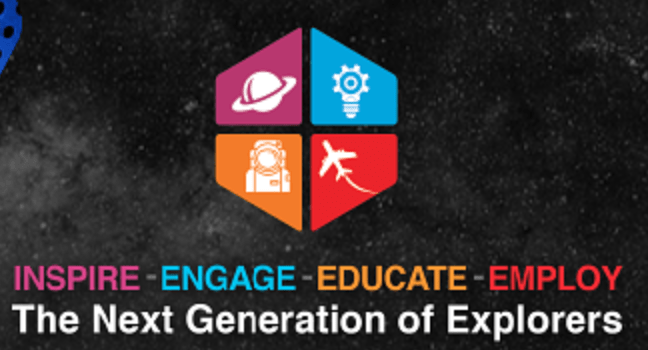
NASA for students is an area on the NASA website where students can learn about STEM subjects. It is an online STEM engagement program for students grade K to 12. On the website you can learn about many different things, mostly in the science and math categories. It is a website where students can find short and long videos about random subjects.
Some things you might find on the site are; “Make space origami” and “How do humans talk to machines” and “What is a black hole”. They have a variety of hands on projects, and listening and visual learning. Their modo is to inspire, engage, educate and employ the next generation of explorers.
On this section of NASA’s website there are subcategories where students can pick their grade range for the topics and videos that show up. Then there are categories/subjects like engineering, earth science, math and technology that students can pick based on their interest. Students can also pick the type of learning they want out of videos, play and learn, read about it, posters, hands on activities and much more. There is even a list of opportunities like contests, exhibits, museums, and challenges that you can find on the website.
National Geographic Kids
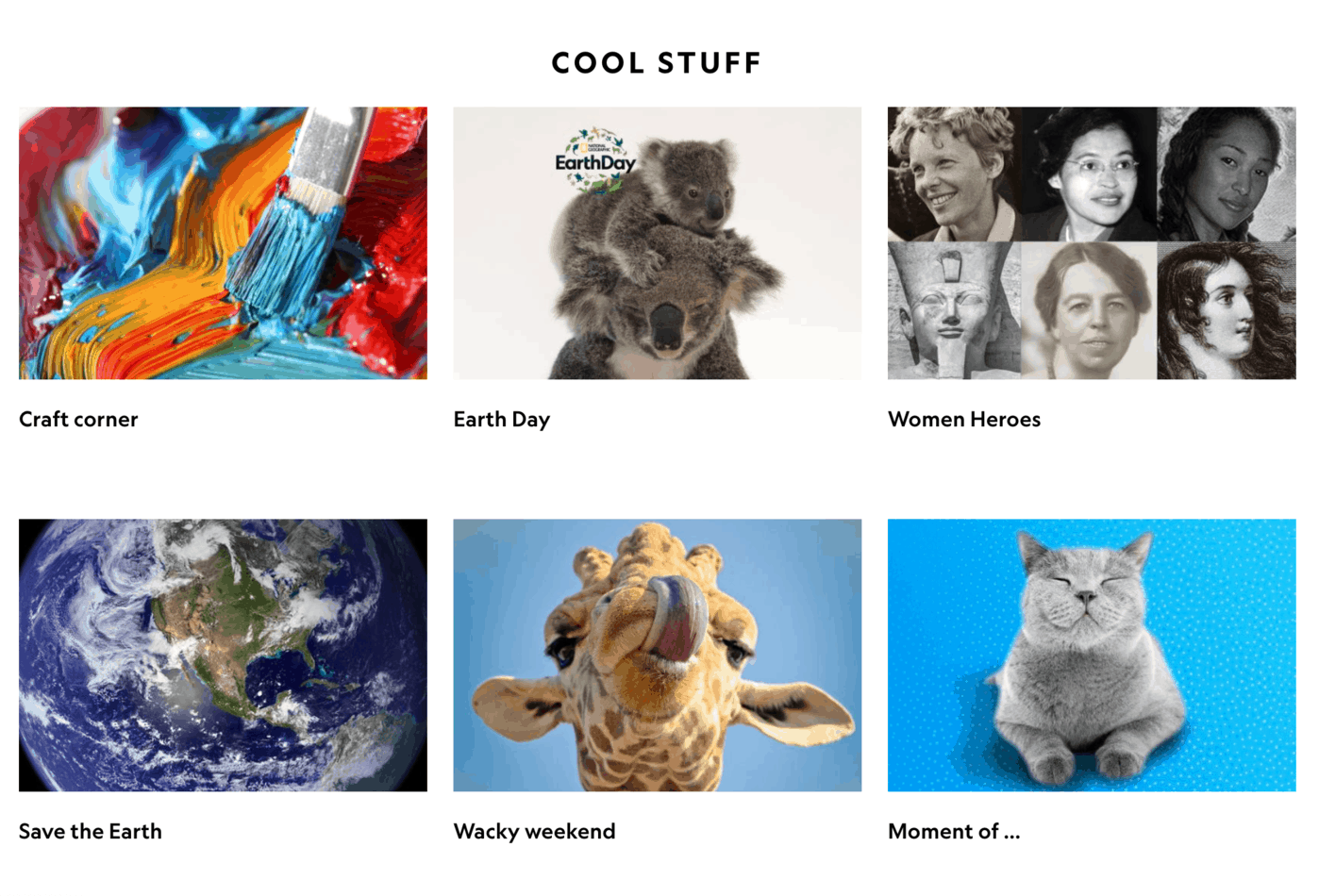
National Geographic Kids is a really fun website for kids to learn fun facts about anything. National Geographic Kids’s website is full of fun videos and activities. The website is very similar to their kids magazines. You do not need a subscription to use the website, but you can get a subscription to the Nat Geo Kids magazines.
Nat Geo Kids is full of brain booster videos, cool stuff, fun games and quizzes. They have 3 main categories on their website for what type of learning you want to do. You can choose between games, videos, and animals. The category “Explore” can take you to subjects like native americans, U.S. states, science, space, and kids vs plastic. They have everything from personality quizzes, to amazing animal videos, to wacky weekend facts. Nat Geo Kids is simply a great, super fun learning space for not just homeschoolers but all students.
Nat Geo kids has a section for their books, including of course their famous “Weird but True” books. Instead of buying the actual books you can read everything on their website instead! On their website you can even find fun craft ideas. On the Kid vs Plastic category, students can learn about how plastic affects animals’ lives, and they can learn how to help the environment.
YouTube

Yes. YouTube is one of the greatest sources of education around. Think about it…you can literally search anything on YouTube and there will always be results. So why not use it as an educational source to encourage your child’s curiosity. YouTube is also the perfect place to learn a new instrument. When I began playing ukulele, YouTube was there for me all the time, to help me understand everything from how to hold the instrument to playing chords and songs.
On YouTube you can find informational videos about any subject, plus sometimes one YouTuber will begin classes that they post once a week for a specific subject. A common group of videos that one YouTuber will do is for languages. I have found many french and english grammar playlists, full of different videos with different types of grammar. On YouTube I have learned about so so many things, from learning and understanding english grammar, to writing a resume, to math, to photoshop.
On YouTube the videos that will come up at the top are normally the most popular, and normally these videos are really good and informational. Even if your child uses YouTube to understand subjects they are learning elsewhere, it really is helpful.
How to Smile
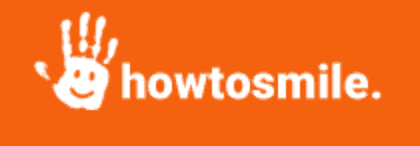
Howtosmile is an online location full of STEM activities for kids. It is an online collection of math and science activities that has been around for 10 years. The activities are available to anyone, anywhere but they are specifically made for teachers teaching their kids in a non-classroom environment. How to Smile is dedicated to bringing STEM activities made by informational science organizations, to the ‘wider informal’ teacher community.
How to Smile was launched in 2010 by a group of science museums, dedicated to bringing science, technology, engineering and math to the world, and to students all around the world. How to Smile has 9 main topics. The topics are, ocean literacy, astronomy, energy, cooking, PBS shows, climate change, life sciences, health and the human body and chemistry.
Each topic has been organized using an educational framework. The frameworks each include national standards, big ideas list, popular media content, and concept maps. They have collections of hands on activities and interactive activities, both virtual and physical. The activities are in many forms like downloadable lesson plans, and online lessons.
Exploratorium

Exploratorium is not just a museum in San Fransisco, but it also has an website full of fun science activities. The Exploratorium’s website is full of fun interesting topics, projects, activities, videos and more. It has 14 different subjects you can choose from making it full of diverse topics for learning.
If you go to their website, you’ll find the explore category. In that category there are tons of subjects to search through, like art, biology, chemistry, history, social science and much more. It pretty much has every core subject you learn at school! Under these subjects you can find lots of fun, hands on activities. They’ve got some great projects like making a periodic pasta table and making a bee hummer (a toy that sounds like a bee).
You can also browse by content type. There is different types of online content on their website, like videos, blogs, and exhibits. This website has topics and videos that your child will find very interesting being full of weird, informational topics.

